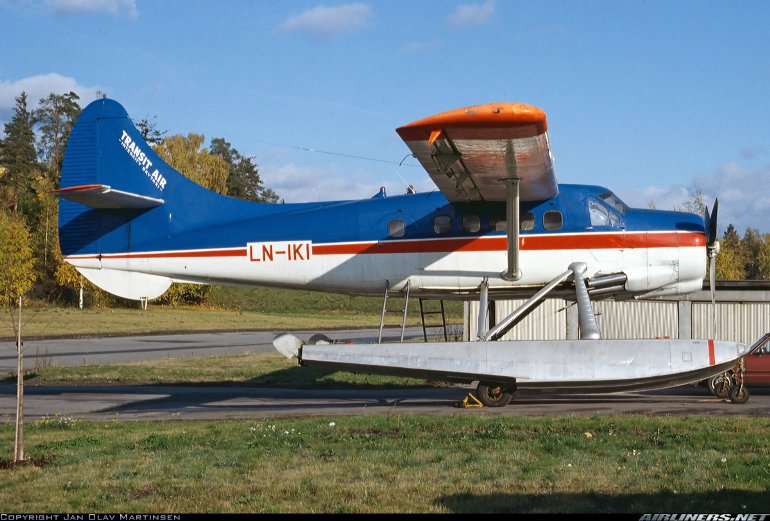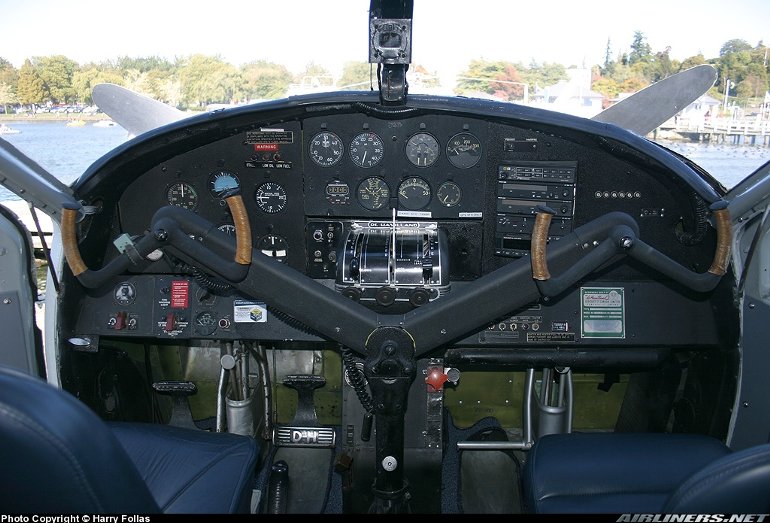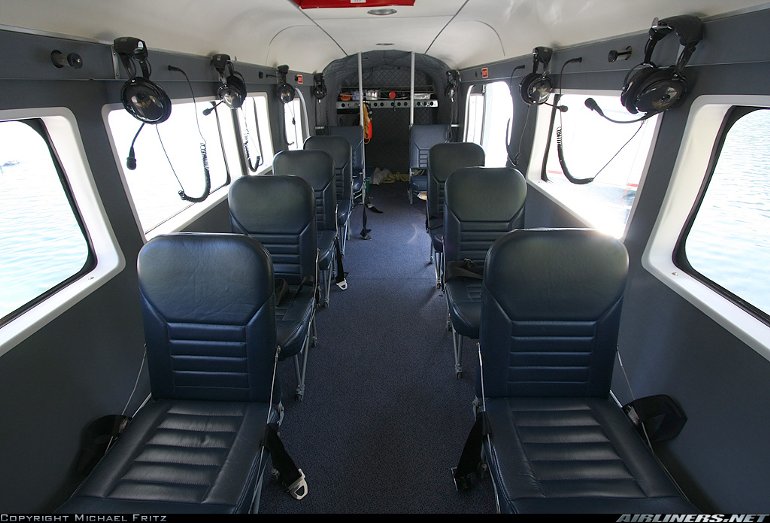Aircraft Technical Data
De Havilland Canada DHC-3 Otter



| Details | |
| Country of Origin | Canada |
| Type | STOL utility transport |
| History | Another in de Havilland Canada's successful line of rugged and useful STOL utility transports, the Otter was conceived to be capable of performing the same roles as the earlier and highly successful Beaver, but was bigger. Using the same overall configuration of the earlier and highly successful DHC-2 Beaver, the Otter is much larger overall. The Otter began life as the King Beaver, but compared to the Beaver is longer, has greater span wings and is much heavier. Seating in the main cabin is for 10 or 11, whereas the Beaver could seat six. Power is supplied by a 450kW (600hp) Pratt & Whitney R1340 Wasp radial. Like the Beaver the Otter can be fitted with skis and floats. The amphibious floatplane Otter features a unique four unit retractable undercarriage, with the wheels retracting into the floats. De Havilland Canada began design work on the DHC-3 Otter in January 1951, the company's design efforts culminating in the type's first flight on December 12 1951. Canadian certification was awarded in November 1952. De Havilland Canada demonstrated the Otter to the US Army, and subsequently that service went on to become the largest DHC-3 operator (as the U-1). Other military users included Australia, Canada and India. Small numbers of Otters were converted to turbine power by Cox Air Services of Alberta, Canada. Changes included a Pratt & Whitney Canada PT6A turboprop, a lower empty weight of 1692kg (3703lb) and a higher maximum speed of 267km/h (144kt). It was called the Cox Turbo Single Otter. A number of other after market PT6 conversions have also been offered. The Otter found a significant niche as a bush aircraft and today it remains highly sought after. |
| Powerplants | One 447kW (600hp) Pratt & Whitney R1340S1H1G or R1340S3H1G nine cylinder radial piston engine driving a three blade Hamilton Standard constant speed propeller. |
| Performance | Max speed 257km/h (140kt), economical cruising speed at sea level 195km/h (105kt). Initial rate of climb 850ft/min. Service ceiling 18,800ft. Max range with reserves 1520km (820nm), range with a 950kg (2100lb) payload and reserves 1410km (760nm). |
| Weights | Landplane - Basic operating 2010kg (4431lb), max takeoff 3629kg (8000lb). Floatplane - Basic operating 2219kg (4892lb), max takeoff 3614kg (7967lb). |
| Dimensions | Wing span 17.69m (58ft 0in), length 12.80m (41ft 10in), height 3.83m (12ft 7in), floatplane height 4.57m (15ft 0in). Wing area 34.8m2 (375sq ft). |
| Capacity | Flightcrew of one or two. Normal main cabin seating for nine passengers, max seating for 10. As an aerial ambulance can carry six stretchers and four passengers or three stretchers and seven passengers. |
| Production | A total of 460 Otters built including for military air arms in 11 nations. |
| Related Links | De Havilland Canada DHC-3 Otter |
The backbone of this section is from the The International Directory of Civil Aircraft by Gerard Frawley and used with permission. To get your own copy of the book click here. |
|








